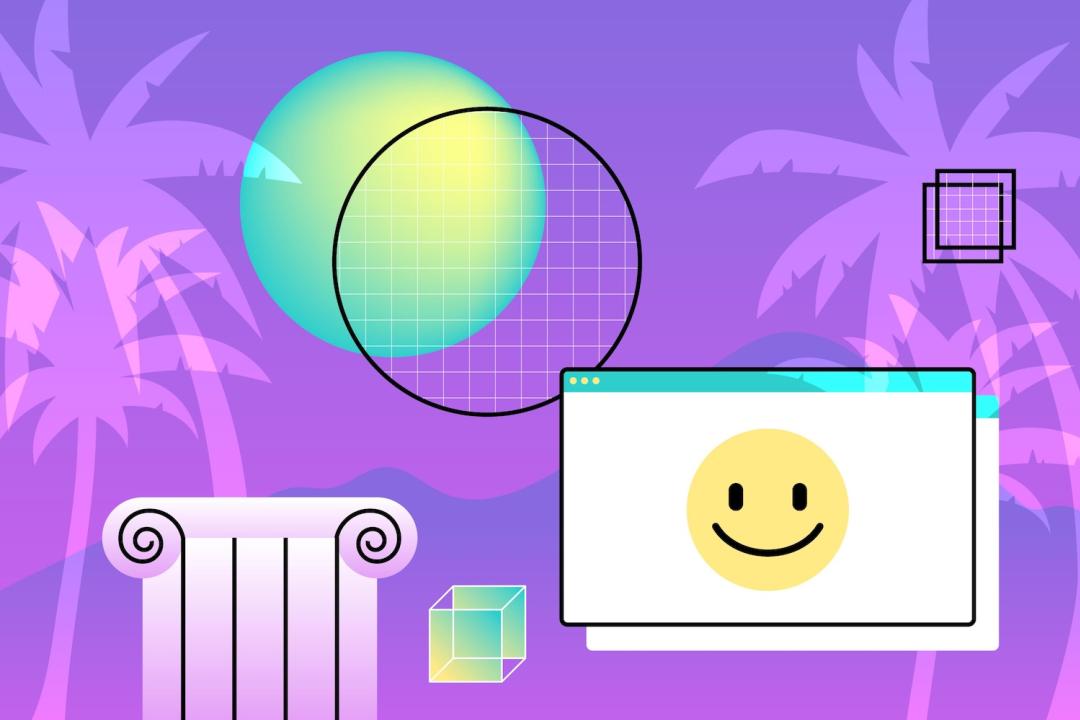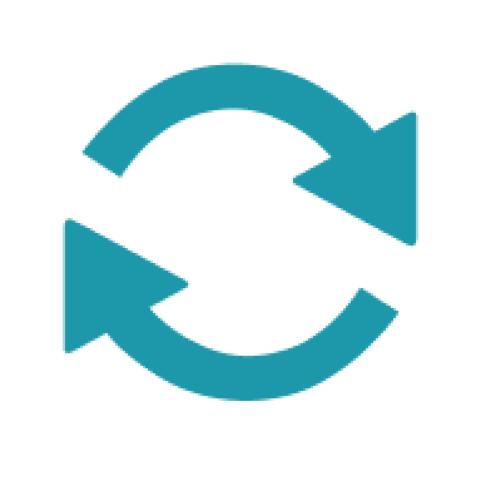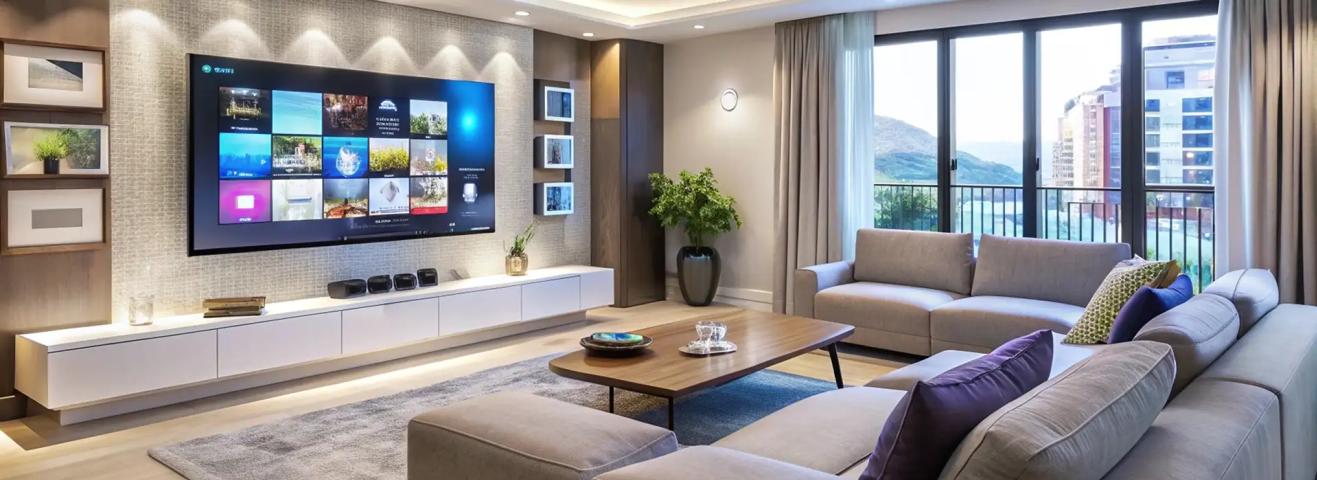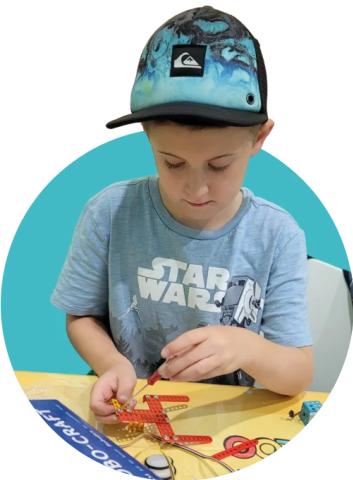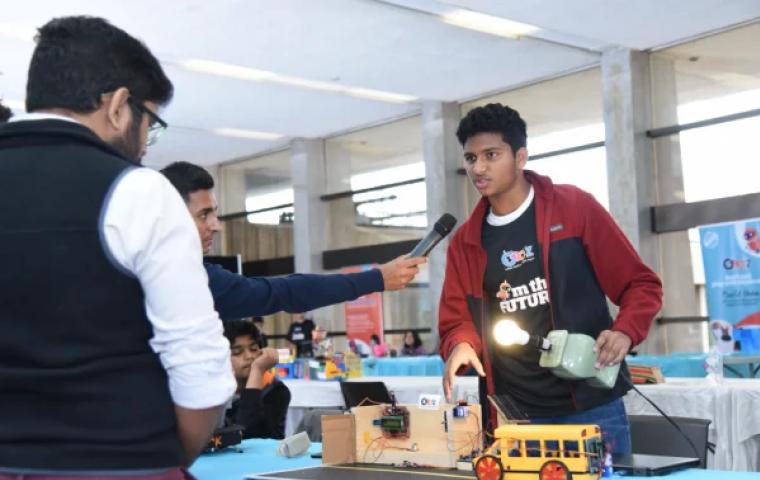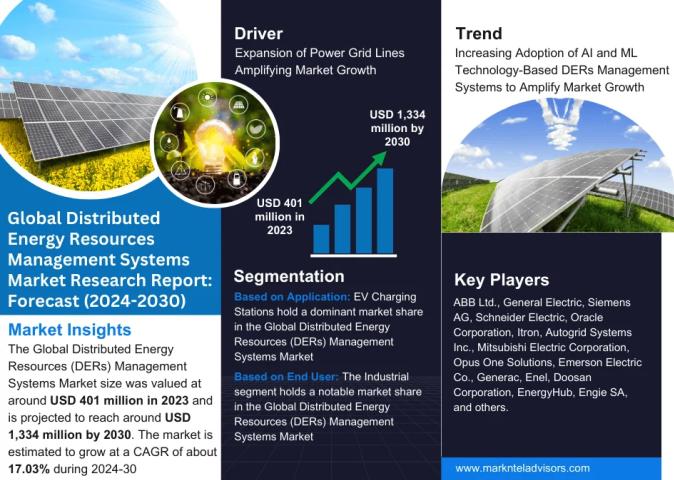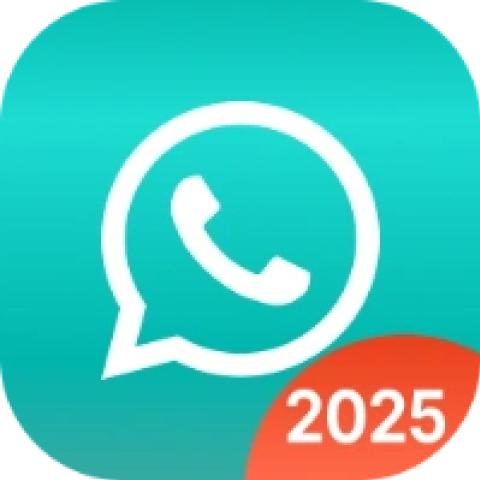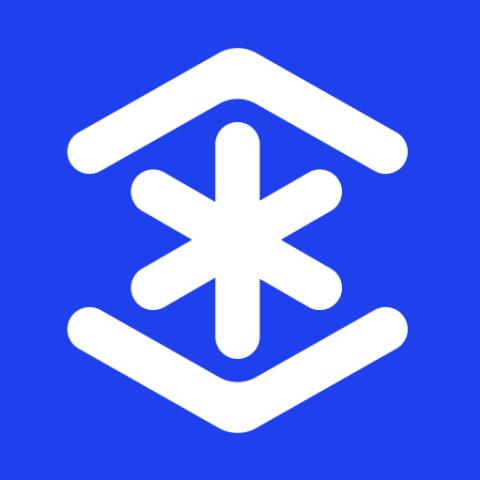Vibe Coding is no longer just a subculture within the dev community—it’s quickly becoming the default mindset for modern builders. It’s what happens when coding merges with intuition, speed, and just enough chaos to spark creativity. At its core, Vibe Coding is about feeling the flow of development, making fast decisions, and using tools that reduce friction between idea and implementation. And as development trends shift toward faster iteration, smarter tooling, and more expressive workflows, Vibe Coding is no longer just cool—it’s practical.
This philosophy thrives alongside the rise of technologies that enable rapid prototyping without sacrificing too much structure. Modern full-stack frameworks like Next.js, SvelteKit, and Remix are perfect examples. They’re opinionated enough to guide you but flexible enough to get out of your way. Pair them with hosted backends like Supabase, Firebase, or PlanetScale, and you can go from idea to MVP in a single sitting, without touching a DevOps pipeline or writing a line of YAML.
Vibe Coding also aligns with the growing popularity of code streaming, AI-assisted programming, and collaborative coding environments. Tools like GitHub Copilot, Cursor, and even ChatGPT’s code interpreter make it easier than ever to stay in flow. Developers aren’t stopping to search Stack Overflow every five minutes—they’re talking to an assistant mid-keystroke, iterating in real time, and shipping faster than ever.
And then there’s the rise of edge computing and serverless architectures, which allow developers to forget about traditional deployment cycles. With platforms like Vercel and Cloudflare Workers, you deploy code by saving a file or pushing to Git. It’s deployment without ceremony. It’s the definition of vibe-first development.
Of course, some purists might scoff at this approach. They'll argue that real software demands planning, testing, discipline. And they’re not wrong—but that’s a conversation for another phase of the product lifecycle. Vibe Coding doesn’t dismiss structure; it just knows when to delay it. It's the first draft, the demo, the hackathon project that somehow becomes a company. It's the kind of code that gets you excited to code.
You can also see the philosophy in the way developers build with users now. The new wave of indie hackers, solopreneurs, and startup devs share early builds publicly, collect feedback on X (formerly Twitter), and push updates live the same day. The boundary between builder and user is thinner than ever, and vibe coding bridges the gap. If something breaks, it’s fixed on the spot. If a feature feels right, it’s doubled down on. It’s code that listens.
There’s also a strong visual component to this movement. Tools like Framer, Spline, and Tldraw are empowering developers to build interfaces that feel right without writing endless CSS. Design and development are blending into one motion. You’re not switching between tools—you’re riding the same creative wave from code to canvas.
Vibe Coding doesn’t mean writing messy or careless code. It means coding with momentum. It’s a response to the bloated tooling and slow release cycles of yesterday. It values sharp instincts, fast feedback loops, and deep focus over endless abstraction.
The future of software might still be powered by robust infrastructure and solid engineering practices—but it’s being shaped right now by people in headphones, pushing commits at 2am, riding a good vibe, and building what they wish existed. And honestly, that’s how some of the best tools in tech got started.
